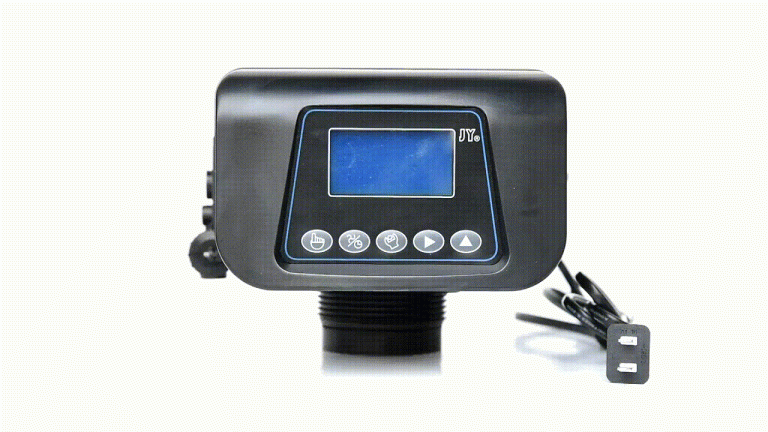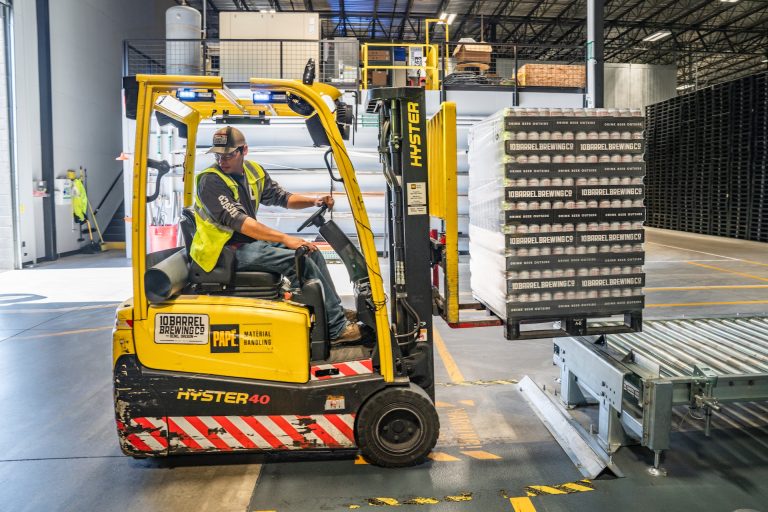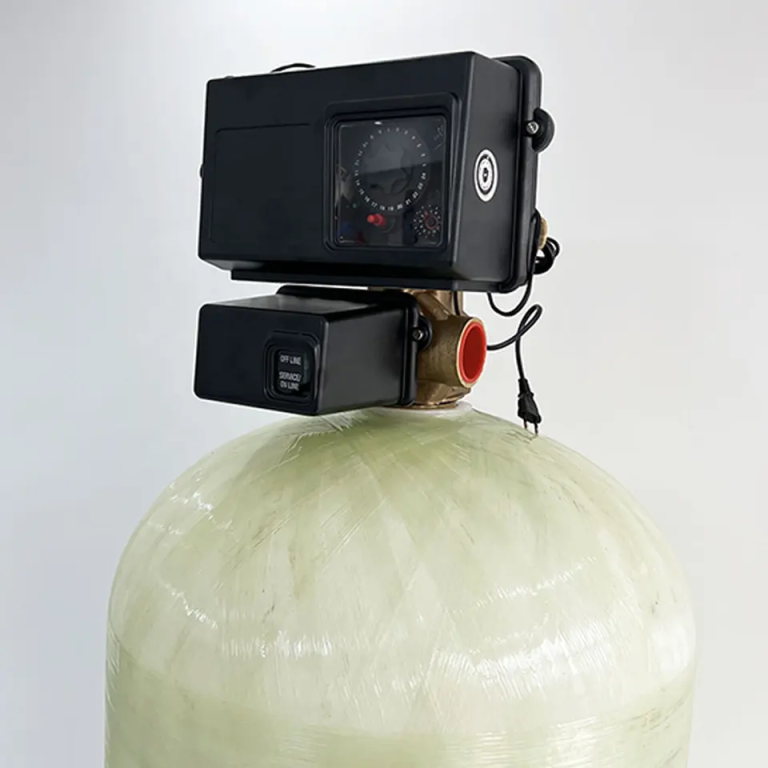Optimal free chlorine levels for a clean and safe pool.
Understanding the Ideal Free Chlorine Level for Pool Maintenance
Understanding the Ideal Free Chlorine Level for Pool Maintenance
Maintaining a clean and safe swimming pool is essential for the health and enjoyment of all swimmers. One crucial aspect of pool maintenance is ensuring that the free chlorine level is at an ideal level. Free chlorine is a chemical compound that helps to kill bacteria, viruses, and other harmful microorganisms in the water. It is important to understand what the ideal free chlorine level should be and how to maintain it.
The ideal free chlorine level for a swimming pool typically falls between 1.0 and 3.0 parts per million (ppm). This range ensures that the water is adequately sanitized without being too harsh on swimmers’ skin and eyes. If the free chlorine level is too low, bacteria and other contaminants may not be effectively eliminated, leading to potential health risks. On the other hand, if the free chlorine level is too high, it can cause skin and eye irritation for swimmers.
To maintain the ideal free chlorine level, regular testing of the pool water is necessary. Test kits are readily available at pool supply stores and are relatively easy to use. These kits typically include test strips or liquid reagents that can measure the free chlorine level accurately. It is recommended to test the water at least once a week, or more frequently during periods of heavy pool usage or extreme weather conditions.
When testing the free chlorine level, it is important to follow the instructions provided with the test kit carefully. This will ensure accurate results. The test kit will indicate the free chlorine level in ppm. If the level falls below 1.0 ppm, it is necessary to add chlorine to the pool water. This can be done by using chlorine tablets, granules, or liquid chlorine. It is important to follow the manufacturer’s instructions when adding chlorine to the pool to avoid over-chlorination.
In addition to maintaining the ideal free chlorine level, it is also important to monitor the combined chlorine level. Combined chlorine is the chlorine that has already reacted with contaminants in the water and is no longer effective in sanitizing the pool. High levels of combined chlorine can cause unpleasant odors and irritate swimmers’ eyes and skin. To prevent this, it is recommended to shock the pool regularly. Shocking the pool involves adding a higher concentration of chlorine to the water to break down the combined chlorine and restore the free chlorine level.

In conclusion, understanding the ideal free chlorine level for pool maintenance is crucial for ensuring a clean and safe swimming environment. The ideal range of 1.0 to 3.0 ppm strikes a balance between effective sanitization and swimmers’ comfort. Regular testing of the free chlorine level, along with monitoring the combined chlorine level, is necessary to maintain optimal pool water quality. By following these guidelines and taking appropriate measures to adjust the chlorine levels when necessary, pool owners can enjoy a clean and inviting swimming pool all season long.






